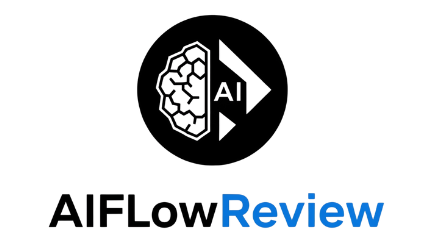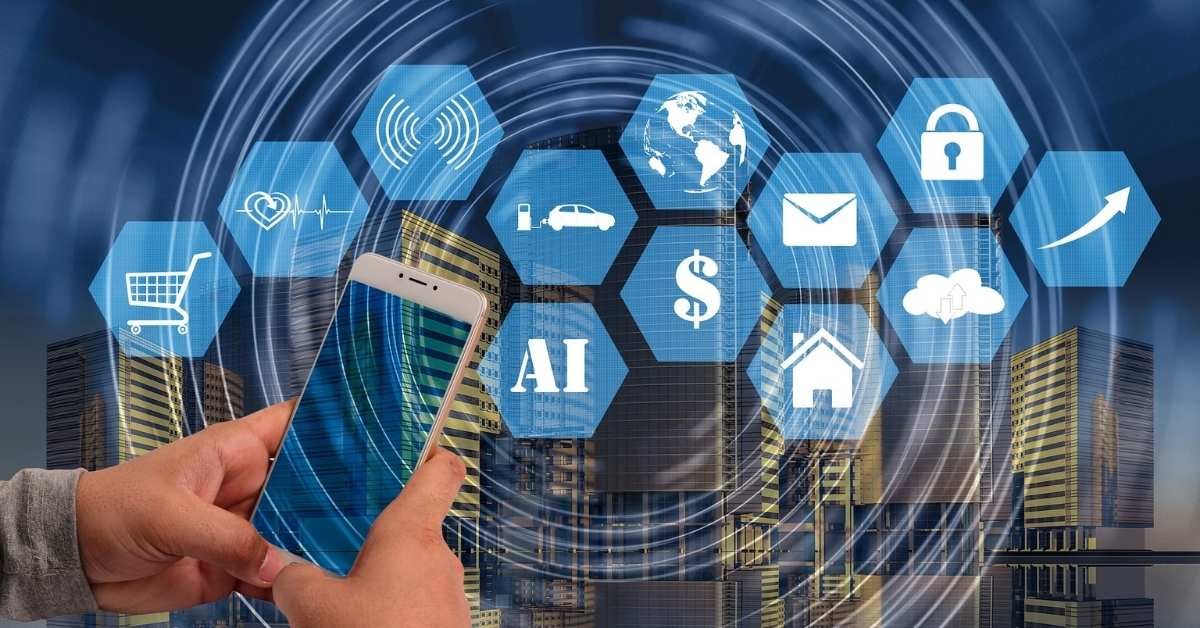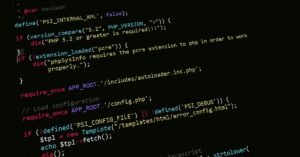Artificial intelligence is no longer just buzz in tech news or something buried in academic journals. These days, I see AI quietly working behind the scenes in everything from my online shopping to how my doctor manages appointments. Whether you’re hunting for the best route to work or your favorite store seems to always have exactly what you want in stock, AI is part of the reason things seem smoother, smarter, and more personal than ever. Let’s break down how real-world AI use cases are shaping industries, making ordinary life a bit smarter and businesses a lot more efficient.
AI Transforming Healthcare, Finance, and Retail
From hospitals to banks and local grocery stores, AI has become the silent partner boosting results and solving daily problems. Real-world AI use cases across industries go beyond hype—they’re about measurable improvements, smarter decisions, and genuine support for professionals who need fast, accurate results.
AI in Healthcare: From Faster Diagnoses to Smarter Devices

Photo by Pavel Danilyuk
Doctors use AI-powered imaging tools that spot tiny signs of disease on X-rays or scans, often before a human eye can. Early prediction models help doctors catch chronic illnesses like diabetes faster, leading to better outcomes for patients. Hospitals employ remote patient monitoring systems that alert staff when someone’s vitals start slipping, saving time and sometimes lives.
It’s not just about automation but about getting answers faster and keeping people healthier. You can find more industry-specific examples and explanations at Algoworks’ look at AI in healthcare, retail, finance, and more.
AI in Finance: Spotting Fraud and Powering Smart Investments
Banks trust AI to catch fraud in seconds, flagging suspicious transactions before money ever leaves an account. These systems learn from patterns, so scammers have a hard time keeping up. AI also helps with risk scoring for loans, offering instant decisions that used to take days.
Personalized banking advice, like alerting when you’re overspending or suggesting better savings plans, feels almost like chatting with a smart friend instead of a clunky old app. Investment firms rely on AI for real-time analysis, processing more data than a whole team could handle.
AI in Retail: Personalizing Your Shopping Experience
Every time an online shop seems to know what I want, I know AI’s in play. Retailers use customer data to suggest products, time offers, and plan seasonal stock so shelves don’t sit empty or overflow. Chatbots answer questions 24/7, helping customers pick the right item or solve a delivery glitch.
Stores now use computer vision to track stock in real-time, making restocking more accurate and reducing waste. Even the way stores layout shelves comes from AI-driven behavioral insights.
If you’re curious about how these techniques are being used now (not just in tech demos), check out this fresh article with real examples from seven industries.
AI in Manufacturing, Education, and Beyond
Beyond the big three, real-world AI use cases across industries touch manufacturing plants, classrooms, and warehouse floors, unlocking efficiency and better results.
AI in Manufacturing: Smarter Production Lines
Manufacturing plants rely on AI to monitor machines for early signs of wear or failure—think of it like a mechanic with perfect hearing who never sleeps. This predictive maintenance means less downtime and safer environments for workers.
Quality control, once the domain of eagle-eyed inspectors, now runs faster with AI-powered cameras that spot flaws as products zip by on the line. Industrial robots, guided by AI, handle dangerous or tedious jobs with speed and accuracy few humans could match.
For a big-picture view of these advances and more, the Acropolium guide to AI use cases in major industries sums up just how widespread and practical these tools have become.
AI in Education: Custom Learning and Smarter Assessment
Teachers now use AI platforms that analyze each student’s learning pace and adapt lessons on the fly. If a student struggles with math problems, AI can slow down and guide them through targeted exercises, almost like a private tutor.
Administrative tasks like grading quizzes, tracking attendance, or making schedules are automated, freeing up time for teachers. This blend of technology with personal learning aims for better outcomes for every student, not just the quickest learners.
AI in Logistics: Faster Deliveries and Optimized Routes
Delivery companies and massive warehouses put AI to work tracking packages, forecasting delivery times, and designing the most efficient routes. Machine learning models analyze weather, roadwork, and even traffic jams to make sure a package gets from point A to point B as quickly and safely as possible.
Logistics teams also use AI to anticipate demand, so companies can stock products closer to where they’ll be needed and avoid costly delays or shortages.
Here’s a table showing these use cases at a glance:
| Industry | Key AI Use Case | Real-Life Impact |
|---|---|---|
| Healthcare | Diagnostic Imaging, Monitoring | Quicker, more accurate diagnoses |
| Finance | Fraud Detection, Credit Scoring | Stronger security, faster loan approvals |
| Retail | Personalization, Stock Forecast | Tailored shopping, optimized inventory |
| Manufacturing | Predictive Maintenance | Fewer breakdowns, higher safety |
| Education | Adaptive Learning, Automation | Personalized lessons, freed teacher time |
| Logistics | Route Optimization, Forecasting | Cheaper, on-time deliveries |
The Takeaway: AI is Everywhere, and It’s Just Getting Started
Real-world AI use cases across industries show that this technology isn’t just about robots or big data hype—it’s practical, proven, and finding new ways to help every day. Whether I notice it or not, AI shapes my experiences at work, in stores, at school, and when I use everyday services.
The wave of AI innovation isn’t slowing. From personalized service to smarter supply chains, I see these tools growing wider and deeper in every corner of business and life. Staying informed about these changes makes it easier to spot the next opportunity. Curious about the latest tools, reviews, and news? Keeping up with resources like AI Flow Review ensures I never miss a step as AI continues to grow, adapt, and surprise.

















